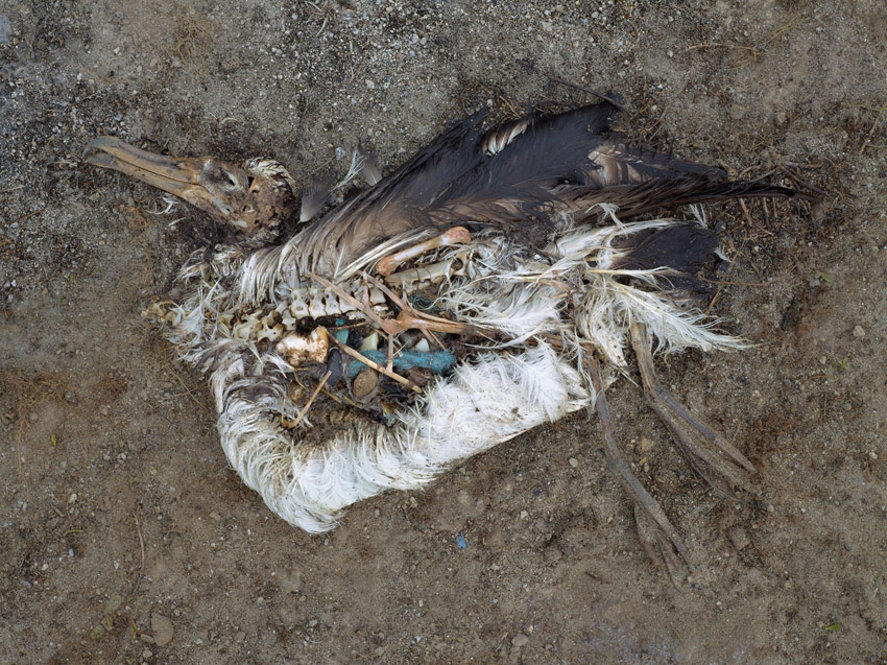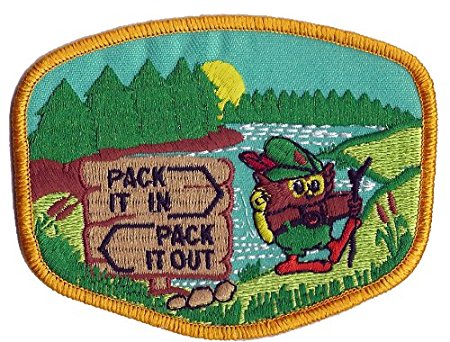April is Earth Month, and it has encouraged us to dig a little bit deeper into topics and headlines that flash across our screen. A (literal) big one is the Great Pacific Garbage Patch. There are many detailed articles about this topic, and we don’t aspire to recreate them, instead we’re hoping to get you a concise summary of the issue. Throughout this post, we’ll use the term “patch” to identify the area, but as we explain below, this is not an ideal description.

And before we go any further, hopefully it’s obvious to you that the existence of a garbage patch within the ocean is a problem. Sea animals mistake the plastics for food, filling their stomachs with garbage rather than nutrients, leading to premature death from starvation. Other animals die by getting caught in the plastics and discarded fishing nets.
The News
The Great Pacific Garbage Patch has made headlines recently when results from a recent study were released. The study collected observations of the patch from air and water. These observations were fed into a computer model that was used to estimate total size and composition of the patch. The final results suggest that plastics are accumulating at a faster rate than previously thought. We also learned some surprising facts about the composition of the garbage within the patch (more on that below).
The Name
Let’s get the name controversy out of the way. When it comes to problems of a global nature, clear communication is key, and it can make or break your public relations.
For example : climate change is real and humans are contributing to the global phenomenon. BUT I know folks who think it’s a hoax, because why would something called “global warming” cause late spring snowstorms. See that, we definitely have a public relations problem. And perhaps a science-literacy problem? #MAGA

(give a hoot, don’t pollute patch)
So, this “patch” isn’t one big connected mass of trash. It’s not something that you can see from space, like an island in the middle of the ocean. Instead, it’s an area in the ocean where there is a higher concentration of plastics than in other parts of the ocean. Furthermore, most of the plastic debris within this zone is not floating on the surface. That makes analysis and measurements of the size and concentration of the plastics even more difficult to analyze.
Lastly, there’s NOT just one “patch”, there are multiple zones of high plastic debris concentration in the Pacific and other oceans.
The Problem
These garbage patches are created because 1. there’s non-biodegradable garbage (plastics) floating in the oceans, and 2. the large ocean currents flow in such a way that they are able to concentrate the garbage within defined areas. It should be noted that there is also plenty of plastic and other waste that sinks to the ocean floor. We are only talking about the debris that’s floating within the water column.
The most recent study has found that while the total area of the patch isn’t increasing (granted its borders morph as the currents shift with the seasons), the concentration of plastics within the area is growing. More plastic is flowing into the area than flowing out.
(video source)
Most of the pieces of individual plastic are microplastics, but altogether the microplastics make up only 13% of the total weight of debris in the patch.
Previously, it was assumed that about 20% of total garbage within the patch came from fishing gear and about 80% came from land sources, but this new work has estimated that at least 45% of the waste alone is fishing nets. It is believed that another 20% of total plastics came from the 2011 tsunami in Japan. Take away the nets, and tsunami refuses, and it’s believed that still the majority of the remaining waste is fishing gear of one sort or another (traps, crates, etc.).
The Cleanup
A non-profit called The Ocean Cleanup is scheduled will begin cleaning up the large Pacific patch this year. You can stay updated with the cleanup efforts here.
The project will deploy drifting barriers that will capture debris as it floats into the system’s screens. This system is supposed to be safe for ocean-life, allowing fish to swim underneath the nets.
Every 6-8 weeks, the trapped debris will then be removed from the oceans and transported to shore for recycling. They estimate that within 5 years about 50% of total plastics (40,000 metric tons) may be removed from the patch.
Your Job
For better or worse, we’re all in this together. We can’t be Ok with exponentially increasing levels of plastic pollution in our oceans.
- The first thing you can do is to stop using plastics, especially single-use plastics. Here’s a great list of ideas to help you quit. Start wherever you can and make it a goal to continue reducing your use.
- Make a donation to The Great Ocean Cleanup.
- Volunteer with a cleanup crew in your neighborhood. Here are two sites that want to help you find a local group : one & two.
- recycle & reuse… or best of all, refuse to buy unnecessary cheap crap.
~
Resources used for this post : 1 | 2 | 3 | 4 |
Images : seagull (photography by Chris Jordan)
